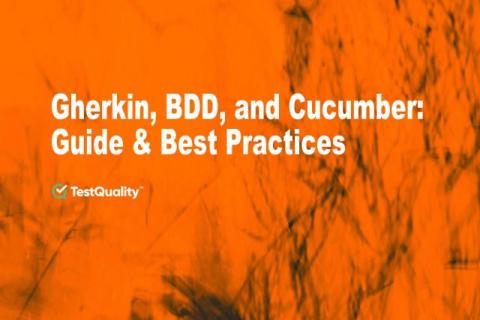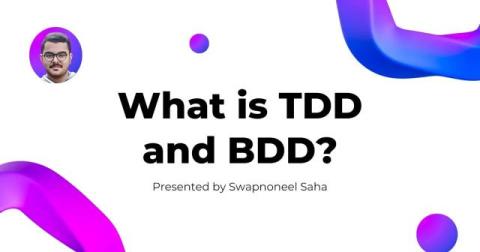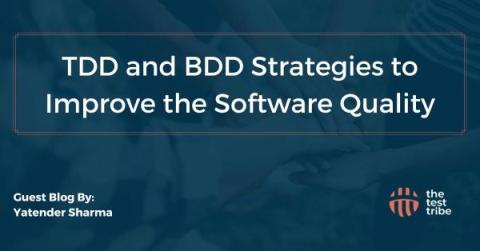Systems | Development | Analytics | API | Testing
BDD
Test Planning with Gherkin Language: A Complete BDD Testing Guide
Gherkin, BDD, and Cucumber: A Practical Guide to Behavior-Driven Development
Understanding Behavior Driven Development Testing
Understanding Tdd And Bdd : A Guide For Developers
TDD and BDD Strategies to Improve Software Quality
How Does #Cucumber Help in #SoftwareTesting Life Cycle? | Maheshwaran VK | #AutomationTesting
Behaviour Driven Development in Ruby with RSpec
BDD is Not Only Gherkin or Cucumber
BDD (Behavior Driven Development) strives to communicate clearly whenever any stakeholder's understanding of the desired system changes and attempts to have stakeholders in diverse positions interacting smoothly in parallel to maintain a near-constant grasp of the intended system behavior. If that understanding has been misaligned, it should be updated, or it should be synthesized with a new understanding of the intended system. This ensures that all stakeholders are pulling in the same direction.
A Complete Guide to BDD Testing in Financial Services
In the fast-paced and highly regulated world of financial services, software quality is arguably of utmost importance. To ensure financial products meet complex requirements and deliver seamless user experiences, robust testing methods are crucial. One such approach that has gained significant traction in the financial industry is Behavior-Driven Development (BDD) testing.











